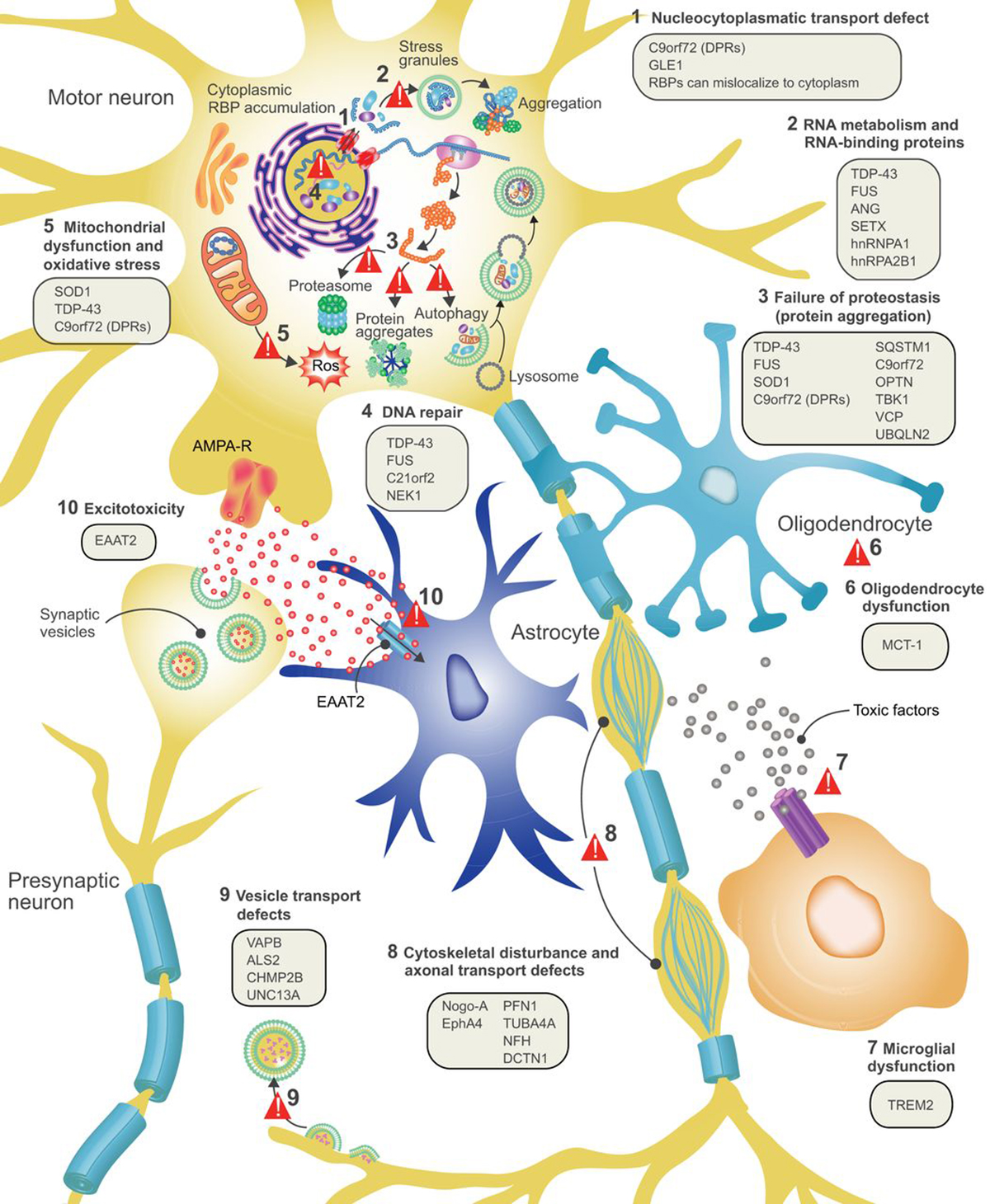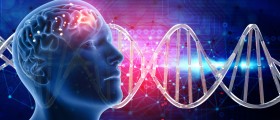
Amyotrophic lateral sclerosis, also known as the ALS or Lou Gehrig’s disease, is a form of motor neuron disease. This progressive neuron disease causes degeneration of motor neurons, the nerve cells that control voluntary muscle movement. The progressive muscle weakness eventually results in paralysis.
When the motor neurons are destroyed, the brain can no longer initiate and be in command of the muscle movement. Because muscles no longer receive the directions from the brain, and do not move, they gradually grow weaker and atrophy. One of the best-known living ALS patients nowadays is certainly famous scientist Stephen Hawking.
Symptoms of the disease
This disease develops gradually. In the earliest onset of the disease, symptoms include stiffness and increasing muscle weakness, especially in the hands and feet. Feelings of cramping and twitching may also be present. Approximately 75% of patients notice the first symptoms of the disease in their limbs. However, the affected parts of the body depend on which motor neurons are damaged first. Sometimes, patients may notice the strange feeling in their legs while running or walking. Others, with arm onset, may have trouble with usual tasks like buttoning, turning the key in a lock, washing or dressing.
A significantly smaller portion of patients may experience the first symptoms of the disease as difficulty to speak or swallow. It may become extremely difficult to pronounce or form words due to the loss of tongue mobility.
As the disease progress many other symptoms of the disease may show up. The symptoms usually vary from patient to patient. However, most of the patients are not able to stand or walk, use their hands and arms, or perform normal daily activities on their own. Another progressive symptom is the loss of ability to eat normally. Patients may often have troubles with chewing and swallowing food.
Cognitive abilities are normally preserved in most of the patients. Only a small portion of patients develops frontotemporal dementia, but the most of them are completely aware of the disease. This awareness may often cause additional stress and eventually lead to depression.
Risk factors
Approximately 15 new cases of ALS disease are diagnosed each day in the United States. It is estimated that around 30.000 Americans suffer from this disease at any given time. More than half of the patients are males and approximately 93% are Caucasian. People between the ages of 40 and 70 are at the higher risk of developing the disease. Numerous studies are being conducted to determine all of the risk factors associated with ALS disease. For patients without a family history of the disease, that is 95% of all cases, there is no known cause for ALS.
















Your thoughts on this
Loading...